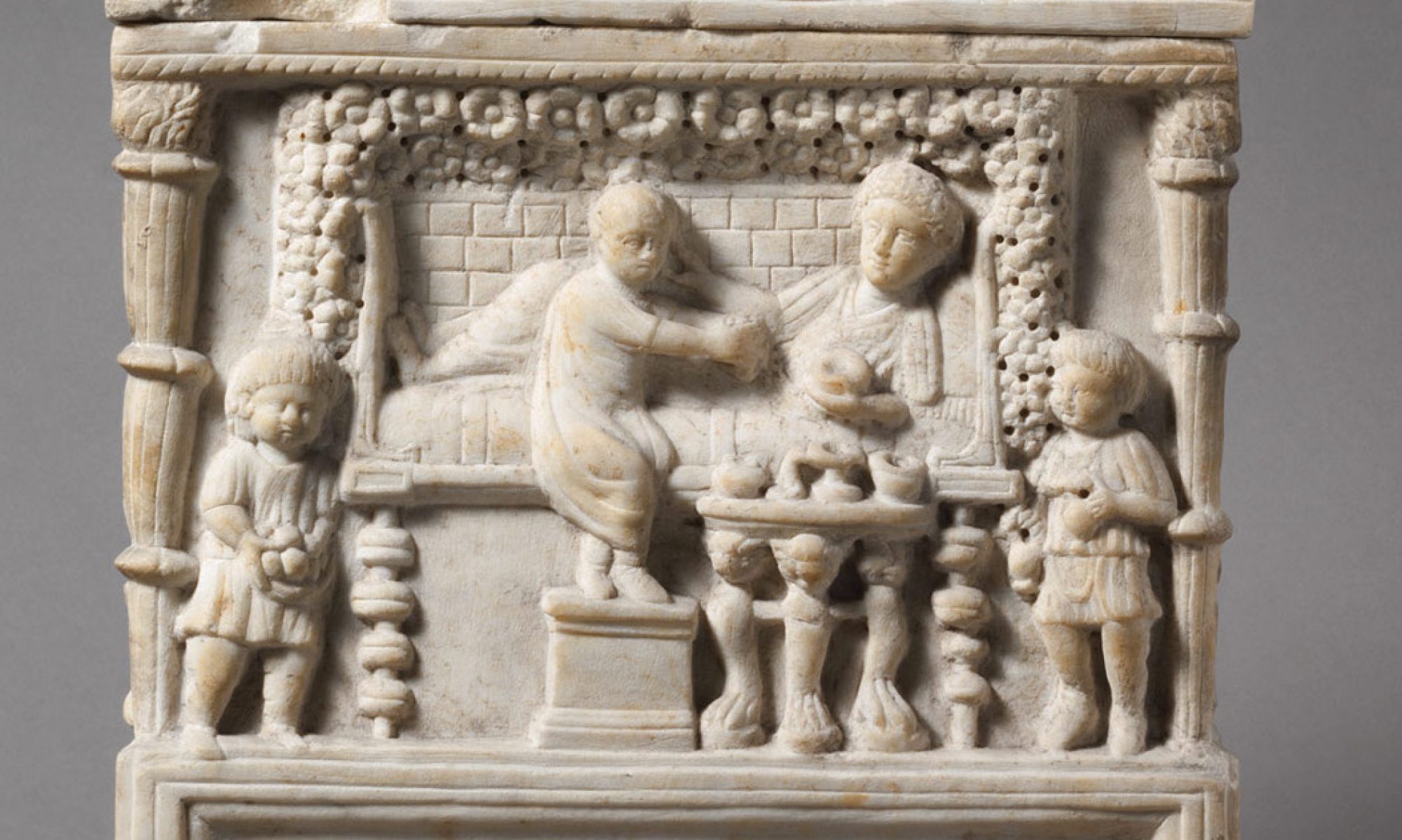Cody Houseman earned his PhD in Summer of 2022 from the Art History Department at Emory University in Atlanta, Georgia, under the advisement of professors Eric Varner, Bonna Wescoat, and Walter Melion. As of 2022-23, he teaches as visiting assistant professor of art history and curatorial studies at Clark Atlanta University (part of the Atlanta University Center Consortium Art Collective along with Spelman College and Morehouse College) and as part-time assistant professor at Kennesaw State University in the School of Art and Design. Houseman currently focuses on Roman funerary art, ekphrasis, and epigraphy although he is trained broadly in global sculpture and funerary arts. This project is a digital presentation of Houseman’s dissertation-related research on Roman cinerary urns. His previous research addresses issues in Roman sculpture and portraits, particularly equestrian statues, honorific portraits, and numismatics. Ongoing research projects explore (1) reception of classical art in the works of contemporary visual artists Nandipha Mntambo and Lina Iris Viktor and (2) the production of portraits, particularly of Flavian-Trajanic women.
He previously taught as an instructor at Emory between art history and classics, including Latin language at the Oxford College campus. He held fellowships for continued research on marble cinerary urns throughout the year 2020-21 (postponed due to COVID-19). A Mellon Object-Centered Curatorial Fellowship, funded by the Andrew W. Mellon Foundation and administered/awarded by the Art History Department, Michael C. Carlos Museum at Emory University, and High Museum of Art, resulted in a digital exhibition of urns in the Carlos Museum collection (click here). The focal object is a cinerarium presumed to be marble, dedicated to a woman named Aurelia Achaice, and said to come from a site at or near Roman Corbridge in England.
A second fellowship from the Sir John Soane’s Museum Foundation supports travel and research in London in the museum’s extensive collection of marble cinerary urns to study what evidence for production processes the urns preserve on their marble surfaces as well as their provenance and display history at Sir John Soane’s Museum.
*Houseman also holds masters degrees in art history (Emory University) and classical studies (Latin and Greek, University of Florida) and then bachelors degrees in Latin and international affairs (University of Georgia).
